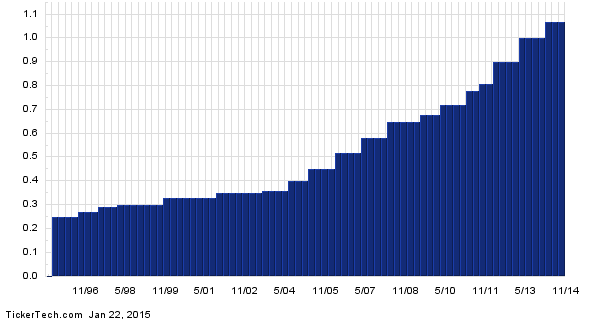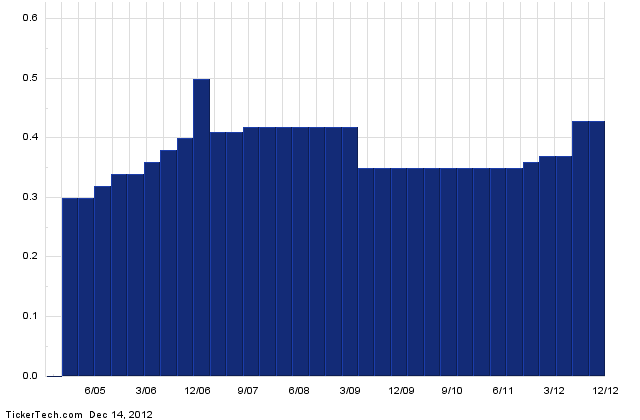Which Dividend ETF Should You Buy
Post on: 24 Июль, 2015 No Comment

Recent Posts:
Which Dividend ETF Should You Buy?
The rising demand for investment income has fueled a proliferation of exchange-traded funds geared toward dividend-paying stocks.
According to etfdb.com, investors currently have no fewer than 25 options from which to choose. While this wide array of options make the decision-making process more difficult, investors can quickly narrow their options by focusing on dividend growth rather than absolute yield.
At first glance, this might not seem like the best approach. iShares Select Dividend ETF (DVY ), which focuses on the highest-yielding stocks, has a stated yield of 3.62%. In contrast, Vanguard Dividend Appreciation ETF (VIG ) yields just 2.19%. This 1.4-percentage-point shortfall would seem difficult to overcome, particularly when compounded over a longer time frame.
In reality, however, the opposite is true: By giving up some income, investors can take advantage of the superior total return potential of dividend growers. Goldman Sachs dug into the numbers for its May 2013 white paper titled “Why Dividend Growth Matters,” which analyzed stock market data from 1972-2012. The paper shows that $100 invested in the S&P 500 would have grown to $1,622 over that interval, while the same amount invested in “All Dividend Paying Stocks” would have expanded at nearly double that rate, to $3,104.
But that same $100 invested in Dividend Growers & Initiators did even better still, growing to $4,169. Notably, the Grower category experienced less volatility than either of the other two groups, meaning that its risk-adjusted returns were even better than the headline number.
The Underpinnings of Outperformance
Why would the Growers & Initiators group perform so well? The authors of the Goldman piece provide the answer:
“One reason is the potential for the total return value of the stock to increase just from dividend growth alone If you were to buy a stock when the dividend yield was 3% and the company raised its dividend 15% per year for five years, the dividend yield on the original investment would double to 6%.”
What’s more:

“Another possible explanation for their historical greater long-term total return is that a company that can grow its dividend must have:
- A business capable of generating strong and growing free cash flow.
- A management team that is disciplined in its use of cash and focused on shareholders.
As a result, we believe investors want to own these successful, shareholder-oriented companies, thereby contributing to the share price appreciation over time.”
ETF Returns Support the Goldman Thesis
Unless current income is the primary consideration, investors’ first gauge in assessing a dividend ETF should therefore be to find those focused on growth, rather than absolute yield. Since inception in May 2006, VIG has provided an average annual return of 6.77%, beating the 4.15% registered by DVY.














